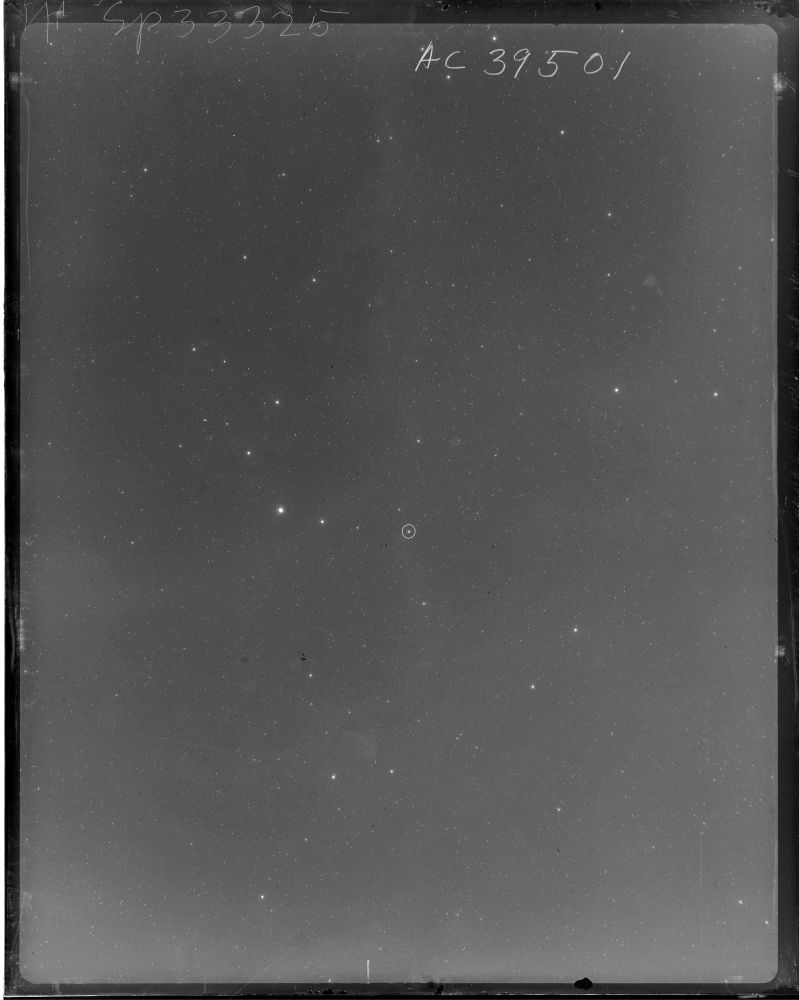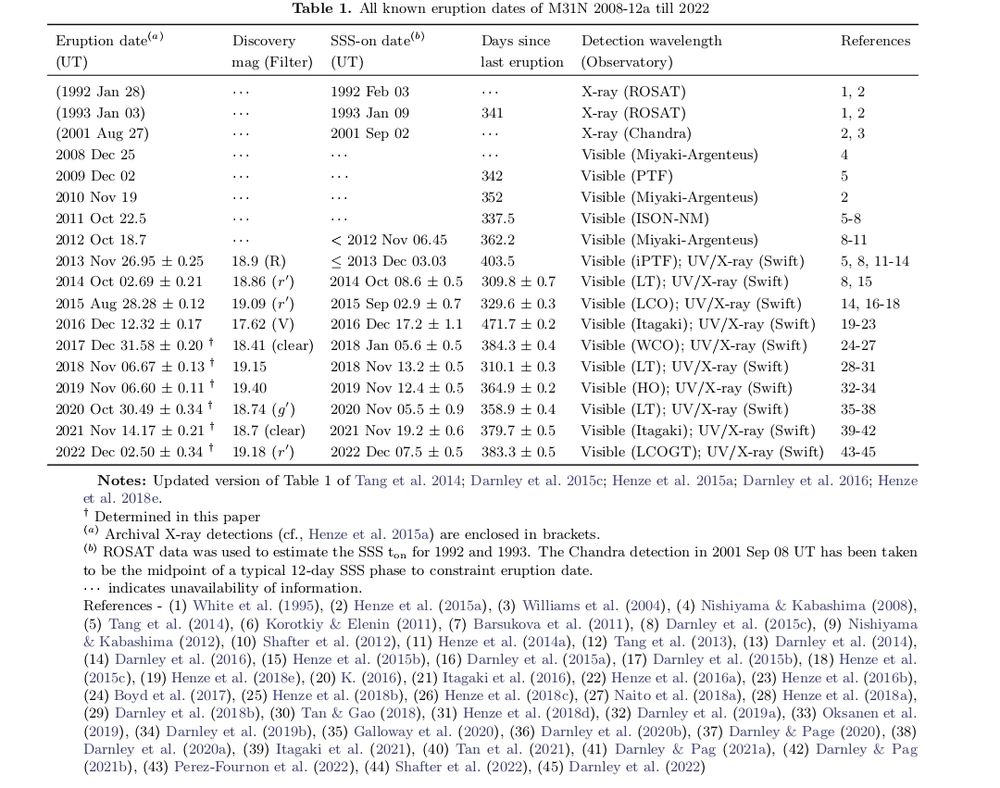
Asteroid (739634) Zhaojingyuan.
My Scientific Publications: https://orcid.org/0000-0002-2770-3481
Observations were made by me using Alnitak Remote Observatories robotic telescope network, Alnitak Research Telescope Access (ARTA) program. 🔭

Observations were made by me using Alnitak Remote Observatories robotic telescope network, Alnitak Research Telescope Access (ARTA) program. 🔭
Gaia
spacecraft using the SPIRIT 3 telescope at
@icrar.bsky.social's Mardella Observatory (IAU code E29). Farewell to this incredible mission that revolutionized our understanding of the Milky Way!
#Gaia #GBOT #astro



Gaia
spacecraft using the SPIRIT 3 telescope at
@icrar.bsky.social's Mardella Observatory (IAU code E29). Farewell to this incredible mission that revolutionized our understanding of the Milky Way!
#Gaia #GBOT #astro









……The work encouraged many readers to study Earth and planetary sciences with its accurate depiction of celestial objects and geology."(WGSBN Bulletins Volume 4, #12)

……The work encouraged many readers to study Earth and planetary sciences with its accurate depiction of celestial objects and geology."(WGSBN Bulletins Volume 4, #12)



Image Credit: DSS、PanSTARRS DR1

Image Credit: DSS、PanSTARRS DR1
Event Details: radiolab.org/moon-officia..., www.iau.org/news/pressre...
Nomination Website: woobox.com/wc2qxd
🔭🧪

Event Details: radiolab.org/moon-officia..., www.iau.org/news/pressre...
Nomination Website: woobox.com/wc2qxd
🔭🧪









A new paper by Judhajeet Basu et al. summarizes the six most recent outbrurst of M31N 2008-12a and predicts the time range of the next three outburst.
arxiv.org/abs/2310.06586


A new paper by Judhajeet Basu et al. summarizes the six most recent outbrurst of M31N 2008-12a and predicts the time range of the next three outburst.
arxiv.org/abs/2310.06586

